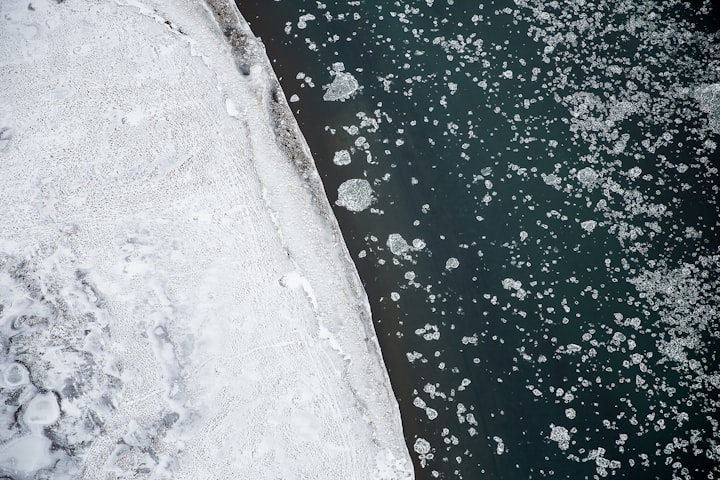
On February 21st, 2015, Justin Smith was found frozen and lifeless in the snow by his father. Paramedics believed he had been dead for nearly 12 hours until a doctor successfully thawed him out and oversaw his full recovery. This phenomenon, once considered a miracle, is now becoming more common with modern science. To comprehend how someone can be revived after freezing to death and the emerging field of medicine that involves intentionally freezing bodies to save them, we must first understand the effects of extreme cold on the human body.
In a study, 3,000 people were asked to do cold therapy. After 91 days, they were surveyed. The results showed that a majority of them, 91%, expressed their intention to continue the habit. They reported feeling healthier and almost all of them claimed to have experienced an increase in energy levels after engaging in cold therapy.
Cold water exposure in sick rats was found to have potential benefits, such as stress-induced modulation of cellular immunity and the release of beta endorphins. Some people claim that cold bathing or exposure in humans could boost the immune system, but there is not enough evidence to fully determine this association. Studies on metabolism and immune system boosts in humans are limited, and the scientific mechanism is not well understood. The concept of hormesis suggests that some amount of stress is beneficial for humans, similar to exercise activating longevity genes. Cold therapy is believed to trigger genes and hormones that can extend life, but the evidence is still in its early stages and should not be exaggerated.
Being excessively cold is not considered good for self-help communities. Freezing to death can cause cellular damage and affect your body's temperature. At 35 degrees Celsius, just a few degrees below normal, you start to shiver uncontrollably, and your blood vessels narrow. When your lips turn blue and your speech slurs at 32 degrees Celsius, you have frostbite. Frostbite freezes the skin and damages cell membranes. Your body tries to repair this damage through vasodilation, but it worsens the situation. At 28 degrees Celsius, your breathing slows, and you lose coordination. Eventually, you can lose consciousness. When your body reaches around 15 degrees Celsius, your heart may stop beating. So, how is it possible to freeze to death and come back? We need to uncover groundbreaking science to understand.
Justin Smith's brain remained undamaged after performing chest compressions for hours and gradually circulating warm oxygenated blood throughout his body. However, he did suffer the loss of his toes and some fingers due to frostbite. Since 2012, 50% of hypothermia patients treated with this extracorporeal membrane oxygenation method have successfully recovered. Interestingly, these same mechanisms that enable the body to endure extreme cold can also be utilized to assist other types of patients. This treatment has been applied to gunshot victims, individuals experiencing heart attacks, those with spinal injuries, and even premature babies at risk of brain damage who would otherwise be deemed beyond saving. A controversial new medical approach for gunshot victims involves infusing the body with ice-cold saline at a rate of one gallon per minute.
The patient's circulatory system is filled with icy salt water, causing no pulse or brain activity. This suspended cold state slows down chemical reactions in the body, giving surgeons time to locate and repair bullet holes. After 60 minutes without a heartbeat or breath, a surgeon resuscitates the patient by pumping blood back into the body, starting with cold blood and gradually warming it. An electric shock may be used to restart the heartbeat. This procedure has been successful on animals but is ethically challenging to perform on humans. It is only used in extreme situations where the person would otherwise die. Even with intervention, it may take three to five days to assess brain damage and months or even years of rehabilitation for full recovery. However, the concept recognizes the potential benefits of cold in extreme situations. Interestingly, there is a genetic mutation found in 1.5 billion people that enhances their ability to handle cold temperatures. This mutation affects three genes and leads to a deficiency in the protein Alpha actinin 3. These individuals have fast twitch skeletal muscles that respond differently to cold water, allowing them to maintain core temperature more easily without expending extra energy. However, they may not excel in activities requiring fast twitch muscle action, such as sprinting. While short-term exposure to cold can be beneficial, chronic exposure can be dangerous. It is important to maintain body temperature around 37 degrees Celsius. Scientific advancements continue to explore the potential of cold exposure.





Comments (1)
Good work!